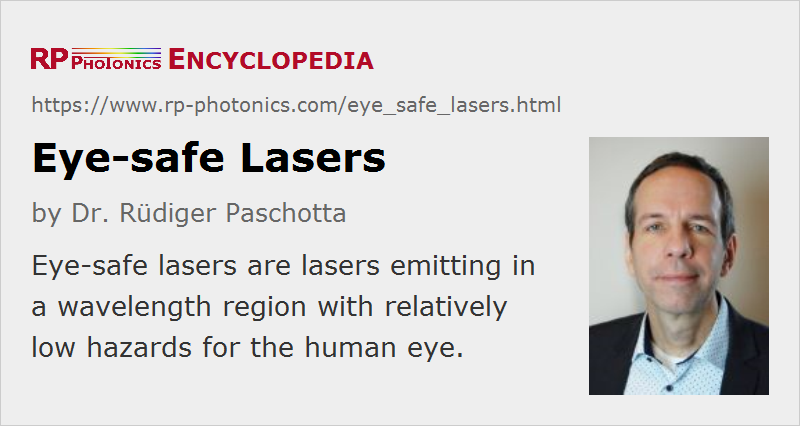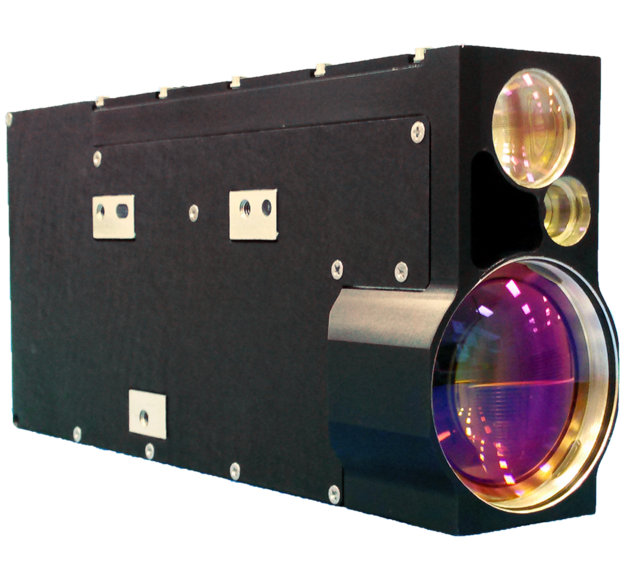Great Ideas On Selecting A Safe Laser Treatment
Great Ideas On Selecting A Safe Laser Treatment
Blog Article
How Does Low-Level Laser Therapy That Is Safe (Lllt) Often Referred To As Low-Level Therapy Help Ulcerative Boils?
Secure Laser Low Level Laser Therapy (LLLT) is used to treat ulcerative wounds by a variety of methods. It stimulates the fibroblast, collagen and angiogenesis process (formation of blood vessels) that are essential in healing of wounds. This can accelerate the healing process of lesions causing ulcers.
Reduction of inflammation- LLLT produces anti-inflammatory effects through the inhibition of the release of proinflammatory cells. LLLT can be used to reduce the inflammation of ulcerative sores. This can promote healing by improving the healing process by limiting the amount of tissue damage.
Relief from pain LLLT modifies pain perception by altering nerve conduction. This reduces the release of pain mediators, such as the substance P. In cases of ulcerative injuries that are frequently caused by pain and discomfort, LLLT may help relieve discomfort and improve the overall satisfaction.
Improved Blood Circulation LLLT boosts vasodilation and microcirculation that results in increased blood flow to the wound site. A better blood circulation system delivers oxygen and nutrition to the tissues. This aids in healing, and removes the waste products and toxins.
Antimicrobial Effects - LLLT has been proven to possess antimicrobial properties that can reduce the risk of infection ulcerative wounds. LLLT helps to clear bacterial waste, which can reduce the risk of infection in wounds.
LLLT assists in the reduction of ulcerative wound scars. This is accomplished by encouraging tissue regeneration and the remodeling. Through stimulating collagen production fibers, and by promoting the aligning of collagen bundles, LLLT may help to produce stronger scar tissue.
Safe Laser's low-level laser treatment is safe, non-invasive and drug-free. It helps speed up healing and reduce discomfort. It also improves the overall outcome of wounds. Before making use of LLLT to treat a skin condition that is ulcerative, you should consult a medical professional about the best way to take care of your wounds and what treatments are available. See the most popular safe laser for website info including lágy lézer, gyógyító lézer készülékek, safe laser kezelés budapest, lézeres fájdalomcsillapítás, lágylézer bérlés, lágylézer kezelés, gyógyító lézer készülékek, mozgásszervi betegségek kezelése, lágylézer árak, lágylézer kezelés and more.
What Is Safe Laser Low-Level Laser Therapy (Lllt) Help With Nose Problems?
Low-level Laser Therapy (LLLT) is an effective and safe method to treat nasal problems. LLLT aids in reducing sinusitis, nasal inflammation and allergic rhinitis.
Pain Relief LLLT reduces the pain of nerve conduction by reducing. This may provide relief to individuals who are experiencing nasal pain.
Improved tissue healing LLLT stimulates cell metabolism and growth, resulting in accelerated tissue regeneration and repair. LLLT is effective in conditions like nasal ulcers or mucosal injuries. It may help speed up tissues healing, while reducing the risk of complications and improving the health of the nasal.
Improved Blood Circulation LLLT increases microcirculation through vasodilation. This boosts blood flow into the nasal tissues. The improved blood flow will provide nutrients and oxygen directly to tissues that are inflamed and decrease inflammation.
Reduction of nasal congestion- LLLT can aid in reducing nasal obstruction through the stimulation of vasodilation. It can also help reduce the swelling of the nasal mucosal passages. This is particularly helpful for people with nasal congestion as a result of conditions such as allergic rhinitis, and chronic sinusitis.
Management of Nasal Allergies LLLT assists in reducing inflammation in nasal passages and the sinuses. LLLT works by modulating immunity and decreasing the release of histamines and other allergens. This can provide relief for symptoms such nose congestion, sneezing and itching.
Safe Laser low-level therapy is an effective and non-invasive treatment for nose problems. It can help relieve nasal congestion, pain, and inflammation. Before making use of LLLT, consult a physician for a proper diagnosis and suggestions for treatment. View the top safe laser 500 for more advice including lágylézer készülék bérlés, laser hu, gyógyító lézer készülékek, lezeres kezeles, lágy lézer kezelés, lágylézer készülékek, lézer bérlés, lágylézer árak, lagylezer terapia, safe laser használata and more. 
How Long Will It Typically Take For A Laser Begin To Work On Healing Wounds?
Safe Laser Low-Level Laser Therapy (LLLT) can be very effective in healing wounds. But, it is contingent on many factors, including the severity and type of the injury and the person's response to the treatment. Typically, a sequence of LLLT over a specific period is suggested to ensure optimal wound recovery.
Type and severity of the Wound - The kind and the severity of the injury can determine the amount of LLLT sessions required. The smaller, less severe wounds may require less sessions, compared to bigger, more severe wounds. Also wounds that are chronic or have underlying health issues may require additional sessions in order to ensure optimal wound healing.
The wound healing phase can also influence the number LLLT sessions required. Treatment may differ depending on the stage of healing. LLLT is effective at all stages of healing, helping to promote the repair of tissues and regenerative processes.
The individual's response to therapy A person's overall health, immune system, and capacity to heal all affect their response to LLLT. Certain individuals heal wounds faster and respond to treatment faster and others may require more time.
Treatment plan- The treatment plan recommended by a doctor will have a significant effect on the frequency and quantity of LLLT treatments to heal wounds. Healthcare professionals can customize treatment plans that meet the individual requirements of every patient. This may include scheduling LLLT treatments at least once every week, or at specified intervals for a more extended time duration.
Although some people may notice improvements in wound healing following just a few LLLT sessions, others might require a longer-term treatment plan for optimal outcomes. It's crucial to follow the prescribed treatment regimen set by a medical professional and attend all scheduled LLLT sessions to reap the maximum benefits of therapy for wound healing. Contact with your healthcare provider and monitoring the progression of the wound is crucial for proper management and adjusting to the treatment plan.